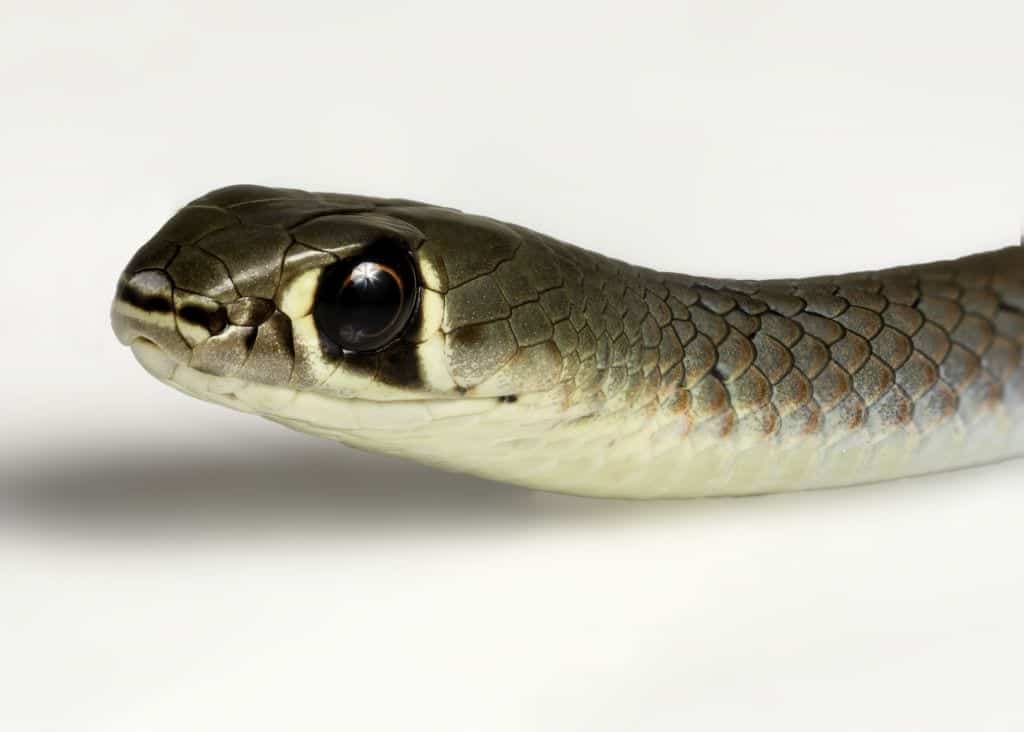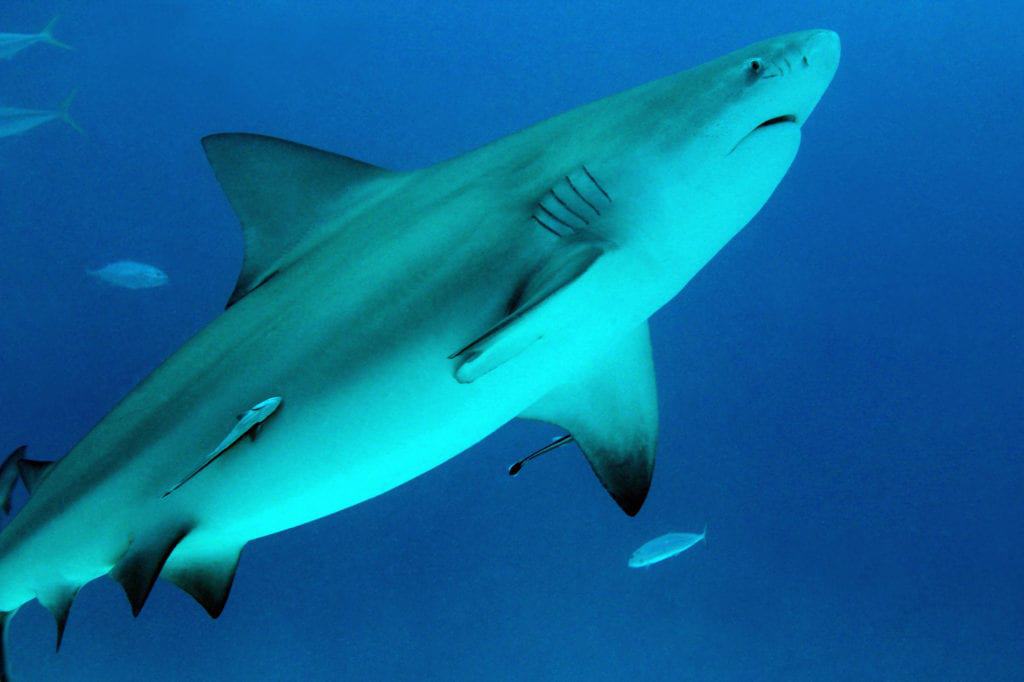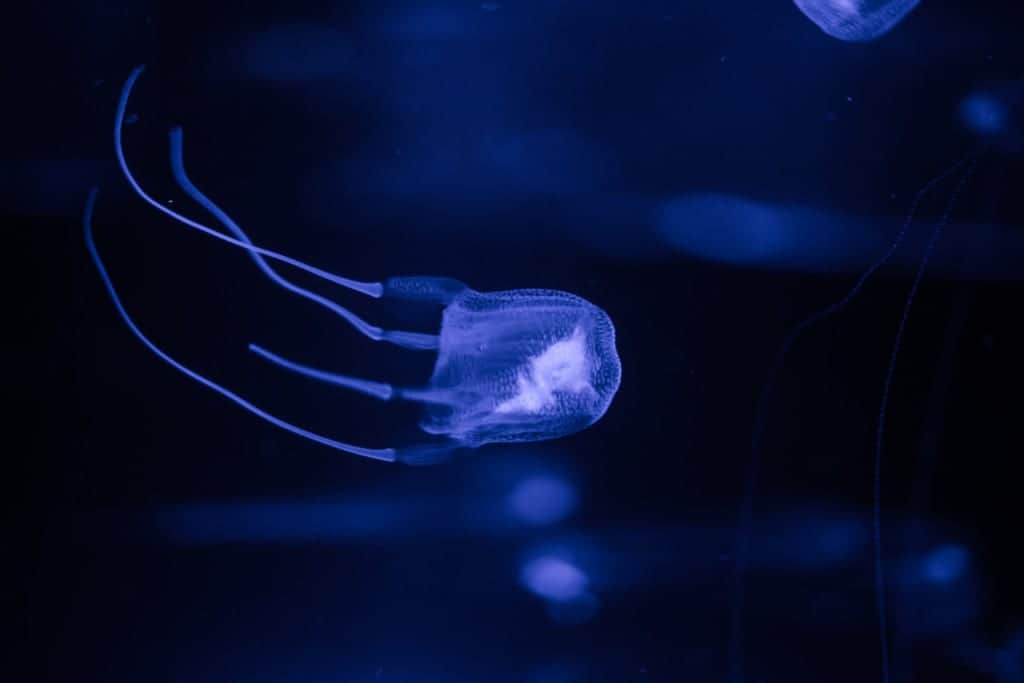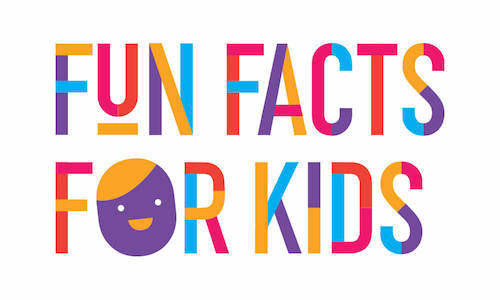What are deadly animals and who are they? Where can I find them? If you have a school project, homework or are interested in finding out more, this resource will help.
WHAT ARE DEADLY ANIMALS?
Deadly animals, as the name suggests, are creatures that can cause death/harm. Many countries around the world are home to many deadly critters. Even the ocean is a dangerous place for humans! Mexico, Brazil, Australia, Colombia and India are in the top few countries that house the most deadly creatures. At the other end of the scale are countries including Canada, Europe and some parts of Asia.
WHAT ARE THE DEADLIEST CREATURES IN AUSTRALIA?
Whilst Australia is home to many dangerous creatures, the mosquito is thought to have killed more people than any other creature. It is also the smallest creature. Mosquitos are found in many countries including Australia. The bite of the female mosquito can cause a number of serious diseases including malaria and elephantiasis. More recently there have been a number of Japanese Encephalitis cases found in Australia, which is a rare disease causing brain swelling.
SNAKES

Yes, Australia has many. Some are poisonous (venomous) and some are not. Twenty of the top 25 most venomous snakes in the world are found in Australia. The country boasts approximately 200 different species of snake. The majority live on land but some live in the sea.
The most venomous snake in the world is the Inland Taipan which can be found in remote areas of Australia such as the desert. They have enough venom to kill several humans, but due to their elusiveness, no deaths have been recorded by this species.
Other deadly snakes include:
Eastern Small-eyed snake:
Found in northern parts of Queensland right down to southern Victoria and in many types of habitat. They have the power to paralyse muscles in humans with one bite.
Southern Death Adder:
Found in most southern states of Australia. This can cause death within 6 hours to a human if bitten.
Red-bellied black snake:
Although venomous, they inject only a small amount of venom.
Lowlands Copperhead:
Found in southeast Australia. They are found mainly close to water and feed on frogs and toads.
Mulga King Brown Snake:
The second most venomous snake in Australia. Found in most parts of Australia.
Mainland Tiger Snake:
These are responsible for quite a high number of bites in humans with approximately 50% death rate.
Inland Fierce Taipan:
Can be lethal even with very small doses of venom.
Eastern Common Brown Snake:
Found along the eastern coast of Australia. If bitten, they only inject a small dose of venom.
Coastal Eastern Taipan:
The third most venomous snake in Australia. Can kill a human between 30 minutes to up to 2.5 hours.
Check out these books about snakes for more information!
WHAT TO DO IF YOU ARE BITTEN BY A SNAKE
Firstly, always wear the right footwear – boots if you are out hiking in the bush to protect you if you accidentally stand on one.
Don’t move! The venom can quickly move around your body if you continue to move. To stop the venom reaching vital parts of your body, you must stay still. If possible, apply an immobilisation bandage to the affected area and splint to help prevent movement. Call for help as soon as possible. Do not try and suck out the venom!
SPIDERS
Other famous critters that call Australia home are some very terrifying spiders. Although spider bites happen frequently, death by spider bite is now very rare. Anti-venom is available for the two most dangerous species of spider, the funnel-web and the redback spider.
The most dangerous spiders in Australia include:
Sydney funnel-web:
The funnel-web is the deadliest spider in Australia. It is found mainly in New South Wales. It has very large fangs (bigger than a brown snake). Their venom can attack the nervous system of humans.
Redback spider:
Often found in dry, sheltered places such as sheds, boxes, garages and even under the toilet seat! The most serious bites are from the female.
Mouse spider:
With venom similar to the funnel-web, try and avoid them! However, they are rarely aggressive.
Trapdoor spiders:
These live in burrows under the ground and are easily camouflaged to entice their prey. Although they bite, they usually only cause minor issues to humans.
White-tailed spiders:
Thought to cause huge problems for humans in the past, (unproven) they usually don’t cause any ill-effects.
Check out these books about Australian spiders.
SHARKS

Sharks live in oceans throughout the world. They love Australia due to the warm waters to be found around the island.
Some of the most notorious species of sharks found in Australian waters are:
Great White Sharks:
A very famous reputation, films have even been made about them (Jaws) and we often hear of shark attacks, usually at the mercy of Great Whites. They grow to vast lengths and when fully grown can reach up to 6.5 metres. They have rows of triangular teeth which are around 3 inches long and serrated along each side – can cause a nasty bite!
Bull Sharks:
Some would argue that these are the sharks to be feared the most. They can be found in many rivers around Australia. It is highly territorial and will attack other species. These sharks can also tolerate fresh water.
Tiger Sharks:
Tiger sharks are large and aggressive in nature. They be found in tropical waters but generally deeper water swimmers. It also has a history of attacking humans.
Check out these books about Australian sharks.
OTHER OCEAN CREATURES

The ocean has many beautiful creatures, but there are also many dangerous ones. Here are a few to watch out for:
Box Jellyfish:
Mainly found in the northern parts of Australia. A jellyfish sting can lead to death and as fast as within 30 minutes. You can invest in swimmers that will go some way to protect you. We’ve got a whole article on jellyfish over here if that’s your thing.
Irukandji jellyfish
So tiny. So deadly. This is a littler version of the box jellyfish that can have a bell the size of a fingernail and tentacles one metre long. They’re mostly found around the coastlines in deeper water than their bigger, meaner cousins.
Blue-ringed octopus:
Beautiful to look at with blue rings found around their tentacles. However very deadly. They only attack when they feel threatened. Bites can go unnoticed, but the symptoms after a bite can be very real including heart failure, respiratory failure, blindness, paralysis and nausea.
Stonefish:
Difficult to spot as they tend to camouflage amongst their surroundings and lie dormant. The dorsal fin contains the venom and if not treated can cause paralysis or even death.
CROCODILES
Watch out for crocodiles in the northern part of Australia. Particularly saltwater crocs! We have two species of crocodiles living in Australia. The saltwater crocodile is the one to be wary of! It is large – can grow up to 7 metres in length. They live in various types of water including the ocean. Crocodiles have between 64-68 teeth in that very large mouth! They can also jump. Never ever enter areas of water where you see crocodile signs!
CASSOWARY
This beautifully coloured bird can actually kill humans. A large bird, similar to the ostrich. They are flightless and as tall as an adult human. They have a mean middle toe that is dagger-like. It is also FAST. It can run up to 40 kilometres per hour.
GIANT CENTIPEDE
Although not deadly (in as much as no recorded deaths), this creature can cause a very nasty bite. They usually prefer a diet of snails, insects and worms to humans. Usually found under logs or rocks or in forests and woodland.
WHERE CAN I GET MORE INFORMATION?
There are a number of links throughout the article to check out. Why not take a trip to see some of these creatures at your local wildlife centre (from a safe distance of course!).
Check out this sticker book with heaps of cool stickers of Australia’s deadliest animals!
For other FUN FACTS, why not check out Fun Facts for Kids
MORE FACTS FOR KIDS
If you are looking for more great facts for kids to help with projects, check out our articles:
Animal facts for kids
- Quokka Facts for Kids
- Ant Facts for Kids
- Crocodile Facts for Kids
- Dolphin Facts for Kids
- Echidna Facts for Kids
- Bee Facts for Kids
- Cheetah Facts for Kids
- Endangered Animals Facts for Kids
- Kangaroo Facts for Kids
- Possum Facts for Kids
- Koala Facts for Kids
- Dog Facts for Kids
- Cat Facts for Kids
- Butterflies Facts for Kids
- Dingo Facts for Kids
- Turtle Facts for Kids
- Penguin Facts for Kids
- Whale Facts for Kids
- Wolf Facts for Kids
- Sustainability Facts for Kids
- Recycling Facts for Kids

